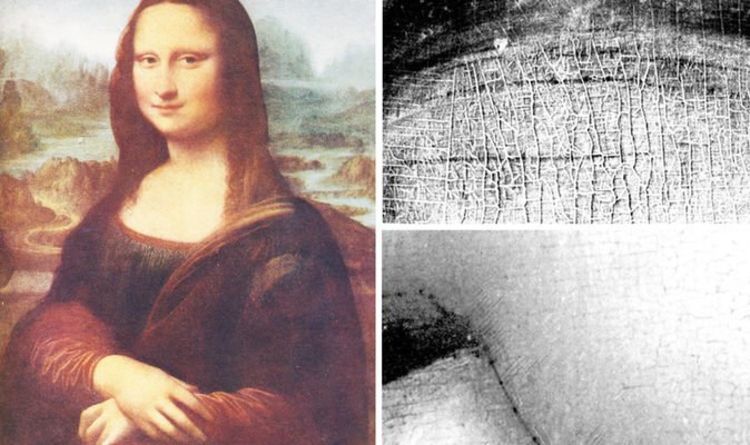Leonardo da Vinci exceptional talents as a painter, inventor, anatomist, and more now include the role of an innovative chemist, as revealed by a recent study. Using X-ray diffraction and infrared spectroscopy, a team of scientists from France and Britain uncovered a rare mineral compound called plumbonacrite within da Vinci’s iconic “Mona Lisa.” This discovery offers fresh insights into the painting techniques employed during the Italian Renaissance.
Revealing a Rare Mineral Compound
The study identified plumbonacrite in the base layer of the “Mona Lisa,” alongside lead white pigment and oil. Plumbonacrite forms when lead oxides combine with oil, a technique later adopted by artists like Rembrandt to facilitate paint drying. The detection of this rare compound in the “Mona Lisa” suggests that da Vinci might have pioneered this approach.
Gilles Wallez, a professor at Sorbonne University in Paris and one of the study’s authors, highlighted the importance of this discovery. He emphasized that Leonardo da Vinci’s multifaceted talents, including art, chemistry, and physics, made him a pioneering experimenter who consistently pushed the boundaries of knowledge in his time. Each revelation about his processes highlights how he was ahead of his era.
The Technique Behind the Compound
During the 16th century, paintings like the “Mona Lisa,” created on wooden panels, required a thick base layer. Researchers believe that da Vinci, unknowingly, combined lead oxide powder with linseed oil to produce the thick coat of paint needed for the first layer, inadvertently creating the rare compound in the process.
Challenges in Analyzing Masterpieces
Today, taking samples from masterpieces like the “Mona Lisa” is prohibited. However, the research team used a 2007 microsample from an area just behind the artwork’s frame to conduct their analysis. Employing a particle accelerator called a synchrotron, the scientists studied the composition of this tiny speck at a molecular level. Synchrotrons offer the best way to analyze these valuable cultural artifacts without harming them.
Unveiling Similarities with “The Last Supper”
Remarkably, the same chemical makeup was found in the base layer of da Vinci’s mural “The Last Supper,” despite its different medium—paint on a wall. The study also involved the analysis of 17 samples from “The Last Supper,” providing a broader perspective. These samples, collected from paint flakes over time, exhibited the same intriguing chemical makeup as the “Mona Lisa.”
Leonardo da Vinci’s groundbreaking techniques and innovative spirit continue to captivate and inspire the art world, and the discovery of plumbonacrite in the “Mona Lisa” underscores his enduring legacy as both a master artist and a visionary chemist.


